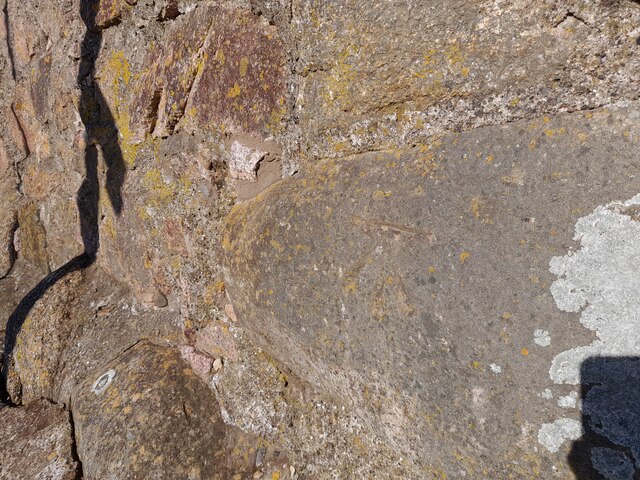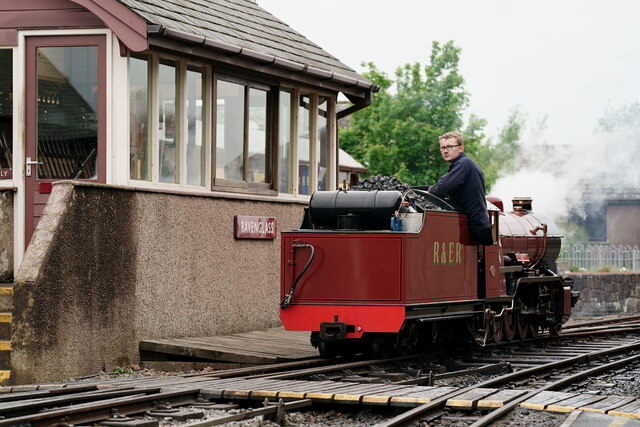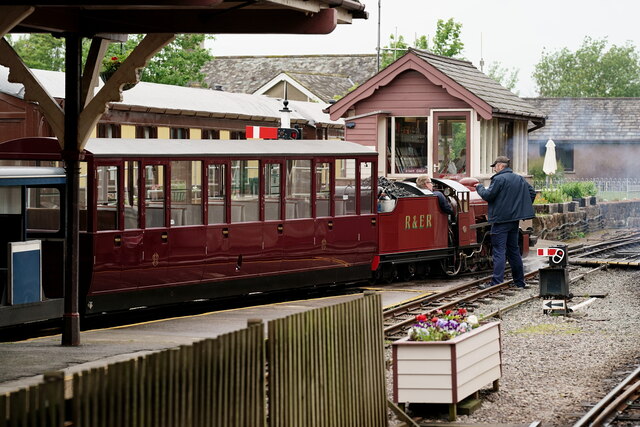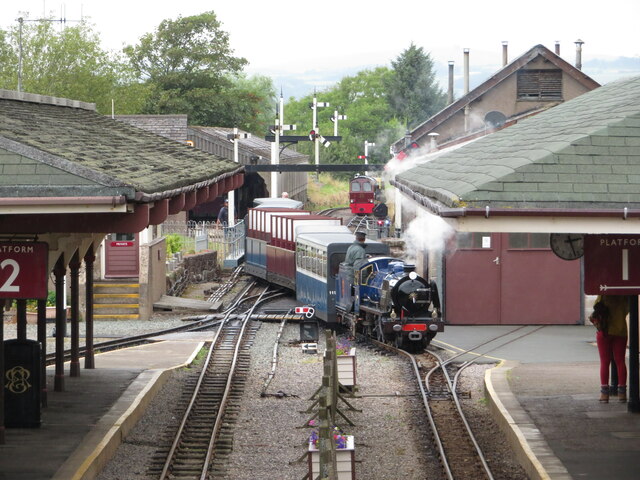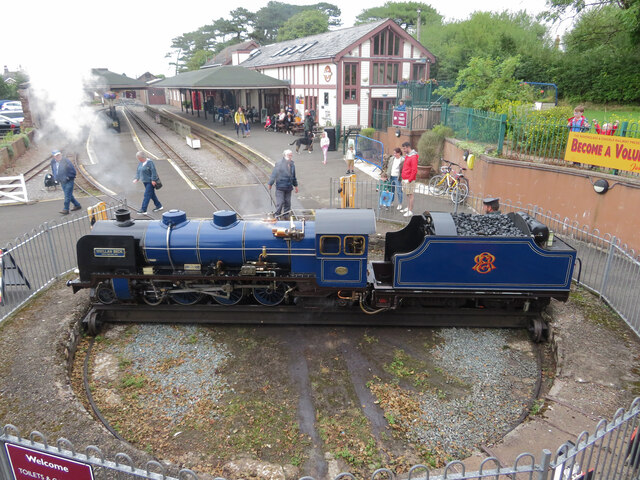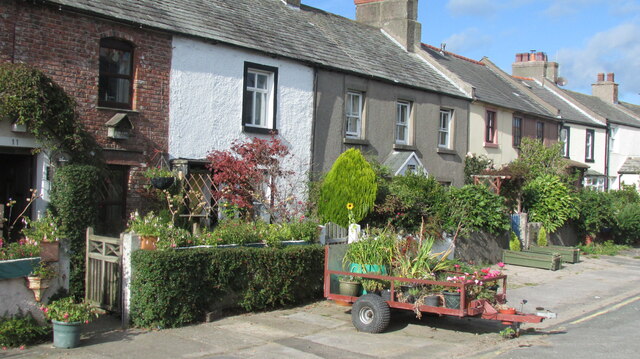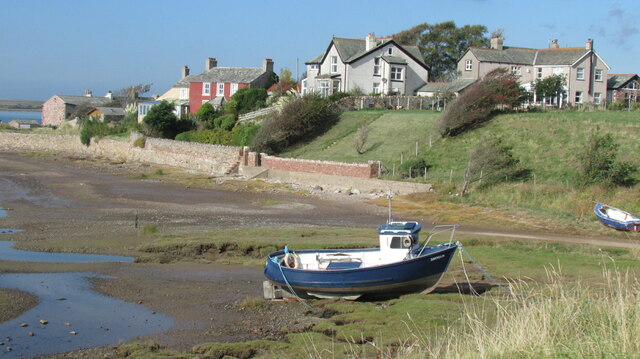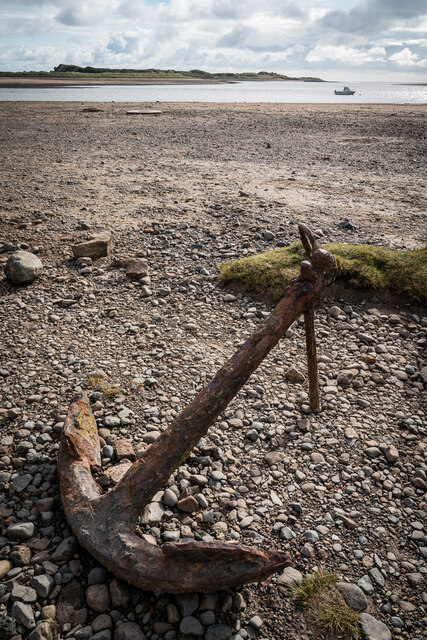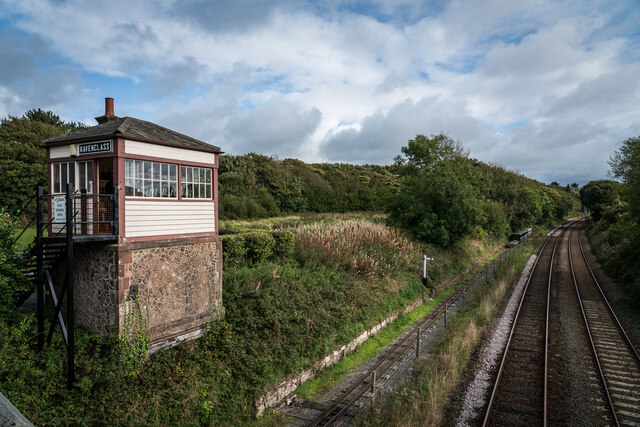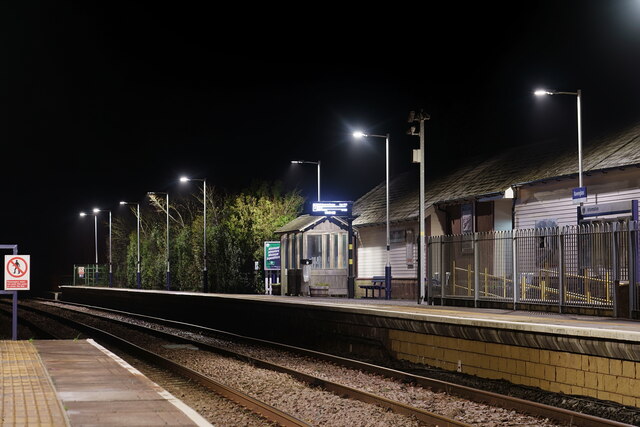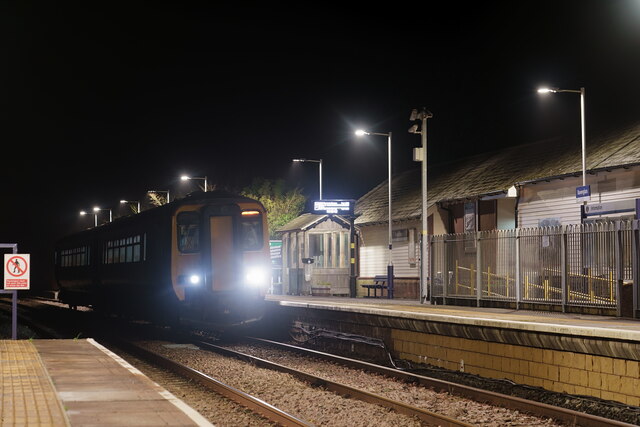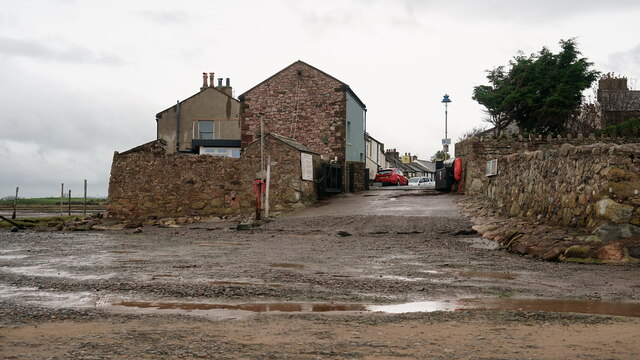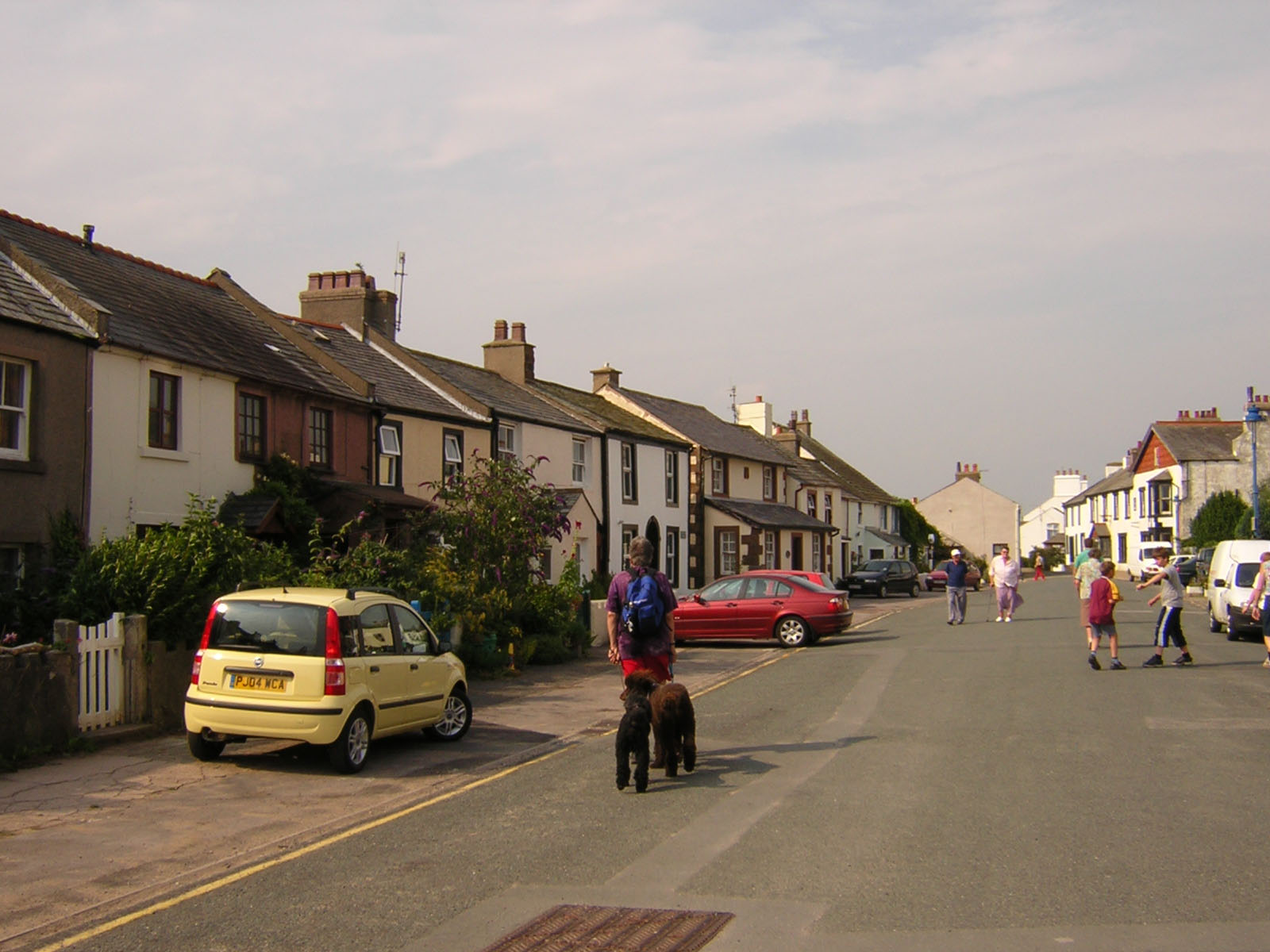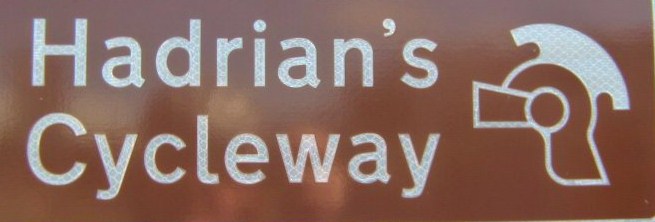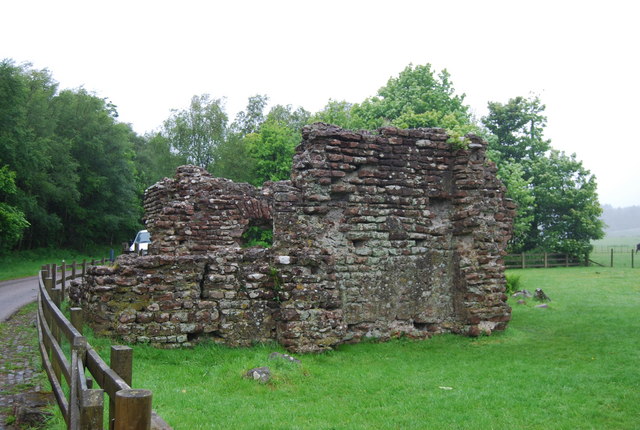Drigg Point
Coastal Feature, Headland, Point in Cumberland Copeland
England
Drigg Point
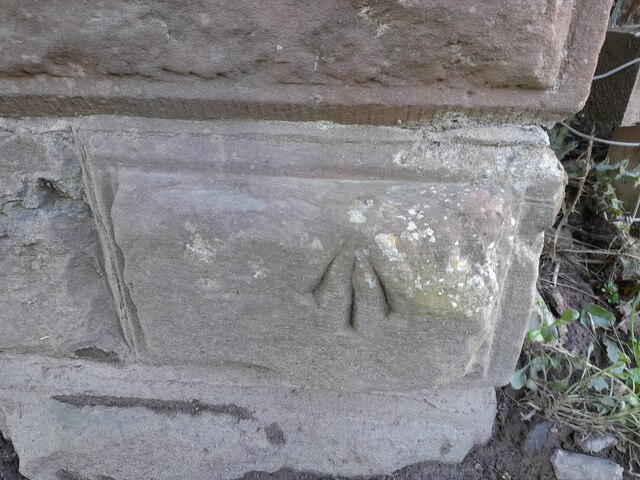
Drigg Point is a captivating coastal feature located in Cumberland, England. Positioned on the western edge of the county, it is a prominent headland that juts out into the Irish Sea. With its stunning natural beauty and historical significance, Drigg Point has become a popular destination for locals and tourists alike.
The headland is characterized by its rugged cliffs, which rise dramatically from the sea. These cliffs are composed of layers of sedimentary rock, providing a glimpse into the geological history of the area. The constant erosion by the waves has created picturesque sea stacks and caves, adding to the allure of the landscape.
Drigg Point is also known for its rich biodiversity. The surrounding waters are home to a variety of marine life, including seals, dolphins, and numerous species of fish. The headland itself is covered in a diverse range of flora and fauna, offering a haven for birdwatchers and nature enthusiasts.
In addition to its natural appeal, Drigg Point holds historical significance. The headland was once used as a lookout point during World War II, with remnants of military structures still visible today. It is also believed to have been a landing site for Viking raiders in the past, highlighting its historical importance.
Visitors to Drigg Point can take advantage of the coastal footpath that runs along the cliff tops, providing breathtaking views of the surrounding sea and coastline. The headland is easily accessible by road and offers ample parking facilities for visitors.
Overall, Drigg Point is a must-visit destination for those seeking a combination of natural beauty, historical interest, and outdoor adventure.
If you have any feedback on the listing, please let us know in the comments section below.
Drigg Point Images
Images are sourced within 2km of 54.344104/-3.4308156 or Grid Reference SD0795. Thanks to Geograph Open Source API. All images are credited.
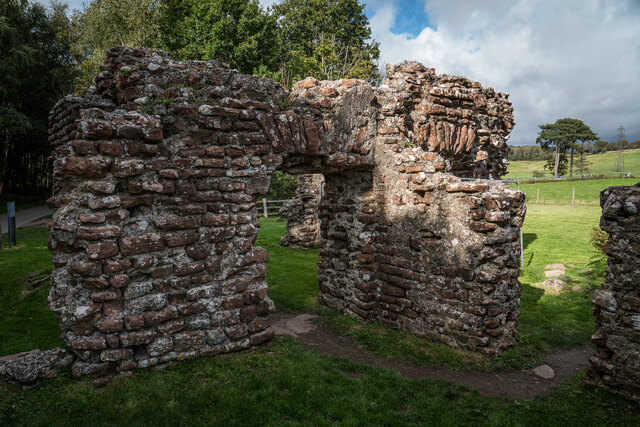

Drigg Point is located at Grid Ref: SD0795 (Lat: 54.344104, Lng: -3.4308156)
Administrative County: Cumbria
District: Copeland
Police Authority: Cumbria
What 3 Words
///repeat.braved.hinted. Near Seascale, Cumbria
Nearby Locations
Related Wikis
River Esk, Cumbria
The River Esk, sometimes called the Cumbrian Esk, is a river in Cumbria, England. It flows for approximately 25 km (15.5 miles) from its source in the...
Ravenglass
Ravenglass is a coastal village in Cumberland, Cumbria, England. It is between Barrow-in-Furness and Whitehaven. Historically in Cumberland, it is the...
National Cycle Route 72
National Route 72 of the National Cycle Network, in Northern England is also called "Hadrian's Cycleway". It starts at Kendal and makes its way around...
Glannoventa
Glannoventa is a Roman fort associated with the Roman naval base at Ravenglass in Cumbria, England. Its name is derived from the Latin place-name Clanoventa...
Nearby Amenities
Located within 500m of 54.344104,-3.4308156Have you been to Drigg Point?
Leave your review of Drigg Point below (or comments, questions and feedback).
